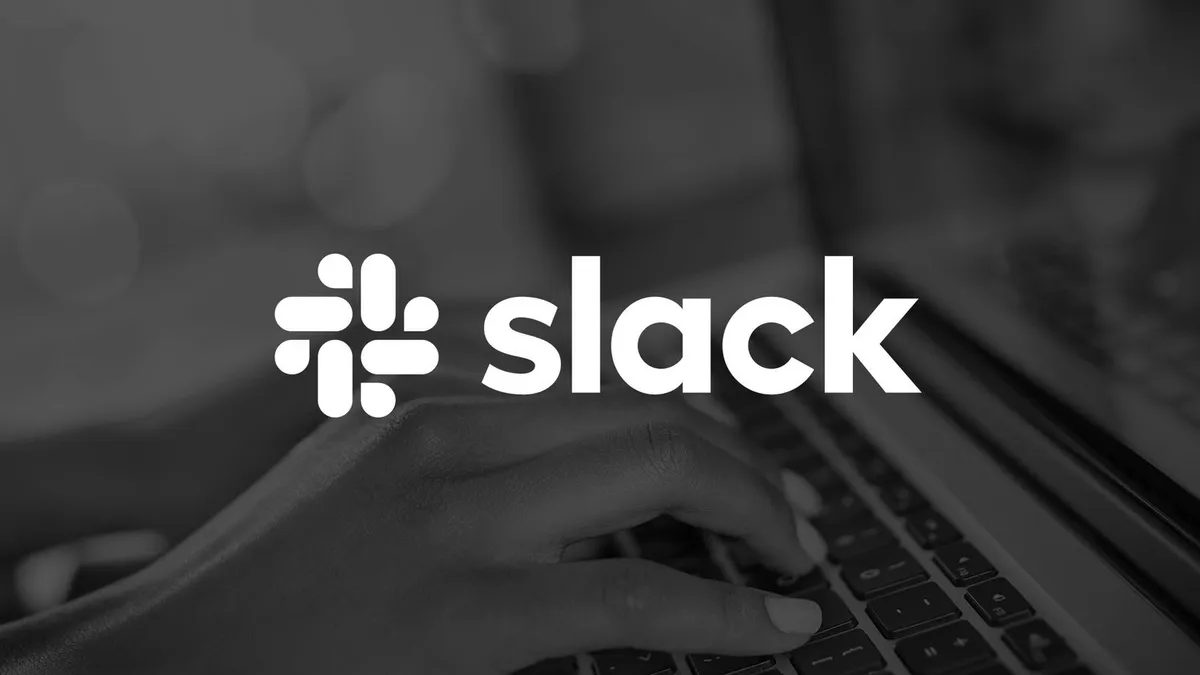Dive Brief:
- In September, Slack surpassed 12 million daily active users, a 37% year-over-year increase, according to a company announcement Thursday.
- Users engage with the platform 5 billion times a week, including messages, file uploads and comments, searches, and application interactions.
- The majority of Slack's users, 95%, said using apps in Slack make them more valuable, according to the company. Slack has more than 1,800 apps in its directory and 500,000 custom apps.
Dive Insight:
The last daily user update Slack announced was in January, when the company reached 10 million people. By July, Microsoft revealed Team's daily active user count was at 13 million people.
In its first earnings report on the New York Stock Exchange, Slack's Q2 2019 revenue increased 58% year-over-year to $145 million. Revenue was impacted by a series of service disruptions following its public debut, disrupting the 99.99% uptime promise.
When Slack made its debut on the NYSE earlier this year, it was betting on growth in enterprise customers. The market existed long before Slack or Microsoft got in the race.
The collaboration market has shrunk in the era of workstream collaboration. Gartner predicts workstream collaboration has another five years before it plateaus. And the market faces consolidation as vendors compete for customers.
Last year Slack acquired the intellectual property of Atlassian's communication tools and debuted Office integrations, in an attempt to attract more customers. Even more niche players, including ServiceMax, RingCentral and Cisco Jabber, are also making acquisitions to become viable alternatives in the tight market dominated by Slack and Microsoft.
Mounting competition and market consolidation threatens Slack's trajectory. A small percentage of Slack's user base is enterprise-grade companies, less than 1% of the company's customers spend more than $100,000 annually on its service. Workplace by Facebook boasts giants: Walmart, Starbucks, Nestle, World Wildlife Fund, Spotify and GlaxoSmithKline plc.
Users running Microsoft Outlook might have noticed in recent months a Teams sign-on page automatically displaying on desktops now. The constant reminder that Teams is readily available with Office customers poses as a continued threat to Slack.
Recent research from Productiv found Slack's engagement levels were almost 10 times greater than Teams', even though Microsoft had slightly more users overall than Slack.













